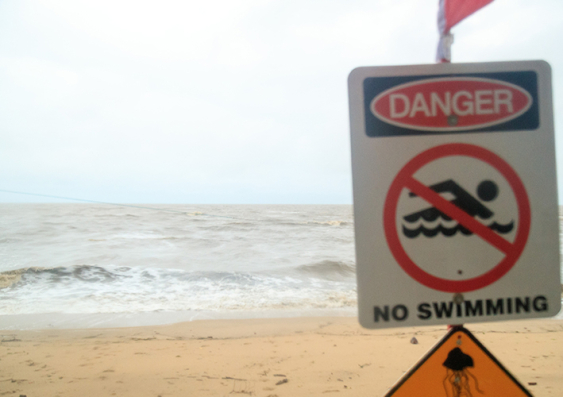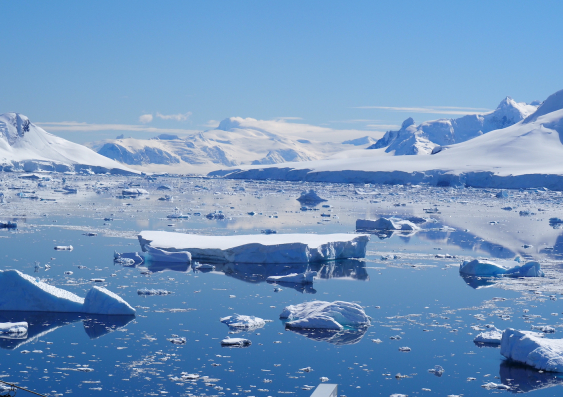But even climate change and El Niño combined aren’t enough to explain it.
Other natural heat-transferring oscillations, such as the Indian Ocean Dipole or the North Atlantic Oscillation, may play a role.
It may also be that our successful efforts to from the dirty fuel shipping relies on has had an unwanted side effect: . With less reflective aerosols in the atmosphere, more of the Sun’s energy can reach the surface.
But there’s probably also a level of random chance. Chaotic weather systems over the ocean can reduce cloud cover, which can let in more solar radiation. Or these weather systems could weaken winds, reducing cooling evaporation.
Why is this important?
To us, a warmer ocean might feel pleasant. But the extra heat manifests underwater as an unprecedented series of major marine heatwaves. The ocean’s organisms are picky about their preferred temperature range. If the heat spikes too much and for too long, they have to move or die.
Marine heatwaves can lead to for marine mammals, seabirds, fish and invertebrates. They can cause vital to die, leaving the animals depending on them without shelter or food. And they can disrupt species important for fisheries and tourism.
This year’s heat stress has caused widespread coral bleaching . Bleaching has been seen on reefs in the , Florida, Egypt, and the Great Barrier Reef.
In the cooler waters of Tasmania, extraordinary conservation efforts have been put in place to try and protect endangered fish species such as the from the heat, while in the Canary Islands, small scale commercial fisheries have popped up for species not there.
Last year, Peru’s anchovy fishery – the country’s largest – was closed , leading to export losses estimated at A$2.1 billion.
What’s going to happen next?
Given the record temperatures stem from a combination of human-induced climate change and natural sources, it’s very likely ocean temperatures will drop back to more “normal” temperatures. Normal now is, of course, much warmer than in previous decades.
In the next few months, forecasts suggest we have a fair chance of .
If this eventuates, we might see slightly cooler temperatures than the new normal, but it’s still too early to .
One thing is certain though. As we struggle to rein in greenhouse gas emissions, the steady march of global warming will keep adding more heat to the oceans. And another spike in global ocean warming won’t be too far away.
, Senior Lecturer, School of Biological, Earth and Environmental Sciences, ; , Postdoctoral Research Scientist, ; , Scientia Professor and Deputy Director of the ARC Australian Centre for Excellence in Antarctic Science (ACEAS), ; , Professor, ; , Professor, , and , Postdoctoral researcher, Centre for Marine Science & Innovation,
This article is republished from under a Creative Commons license. Read the .









